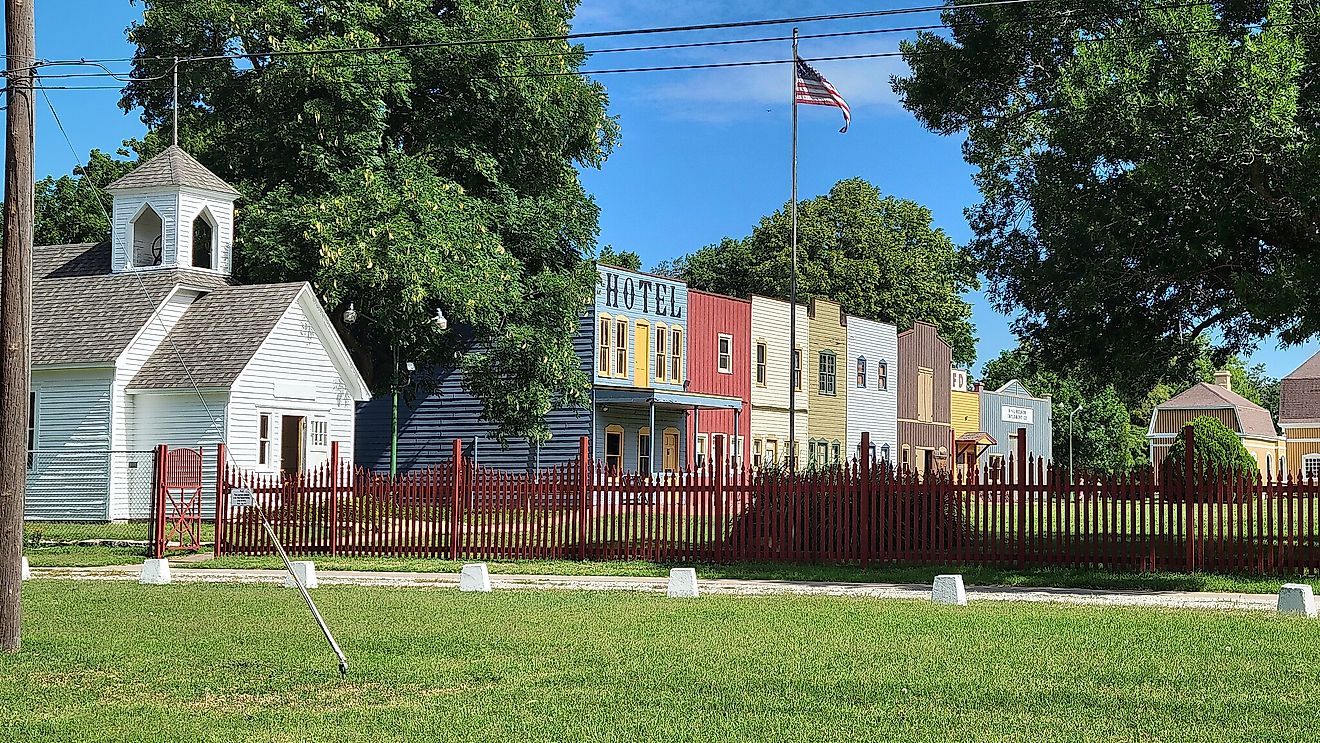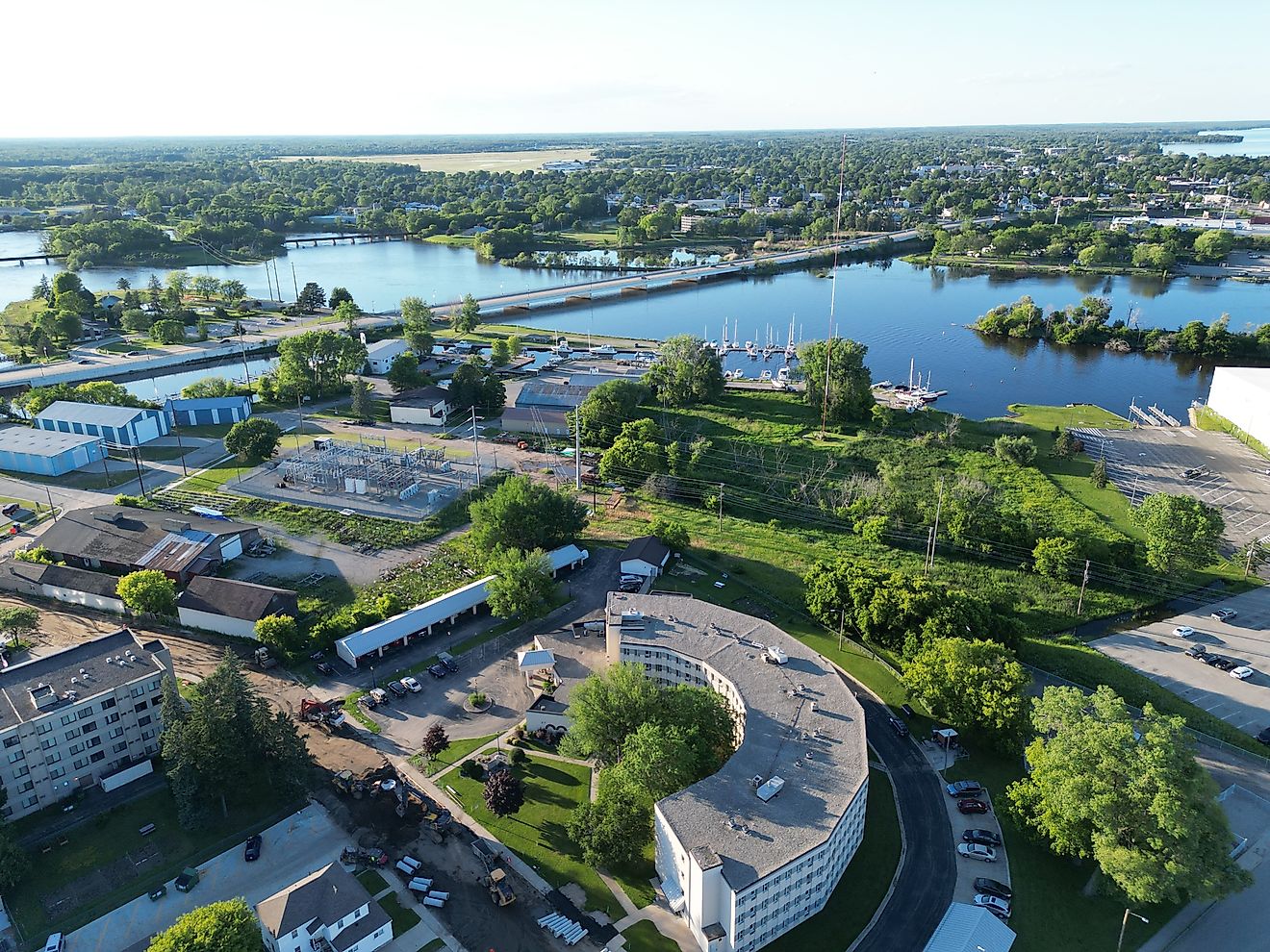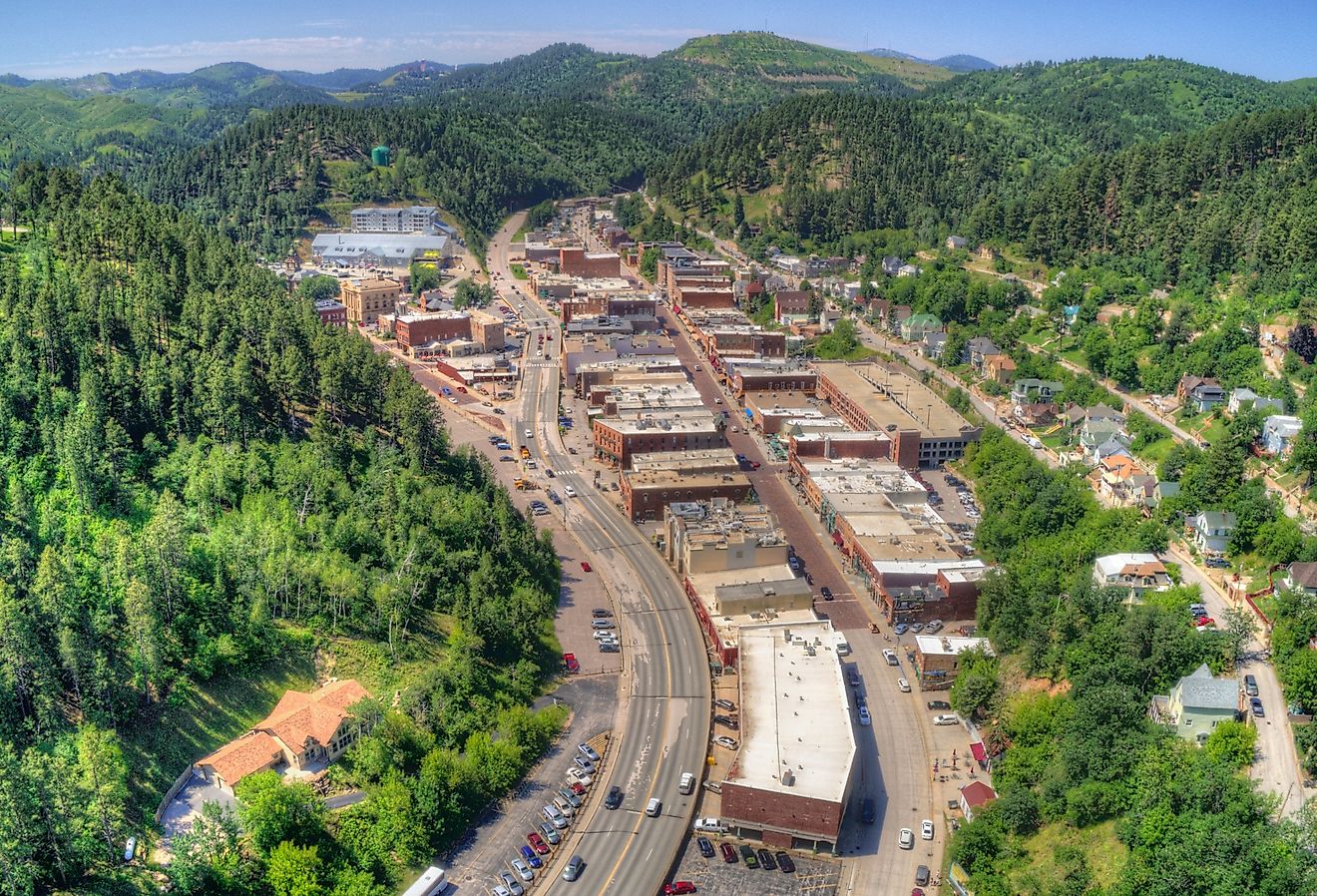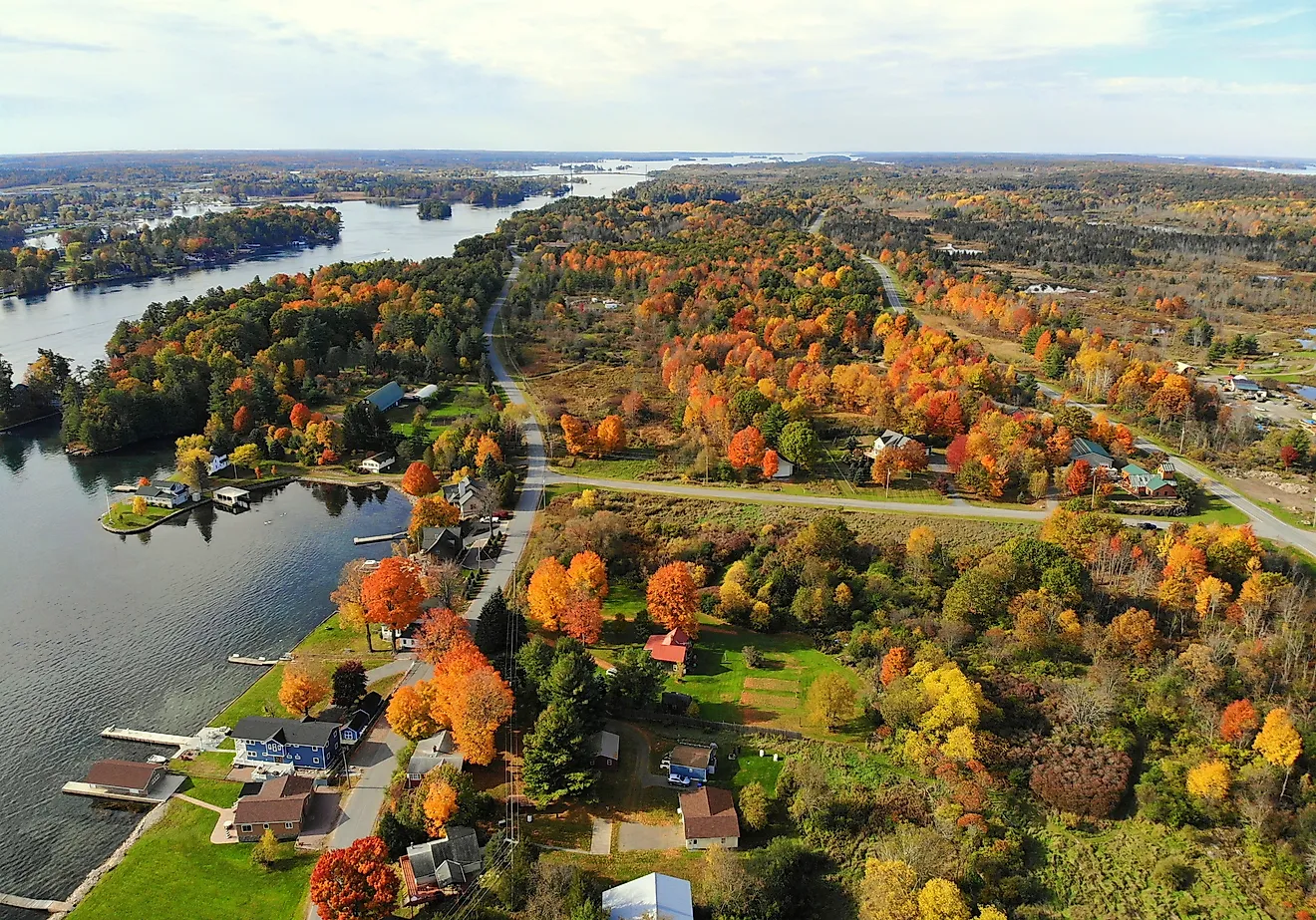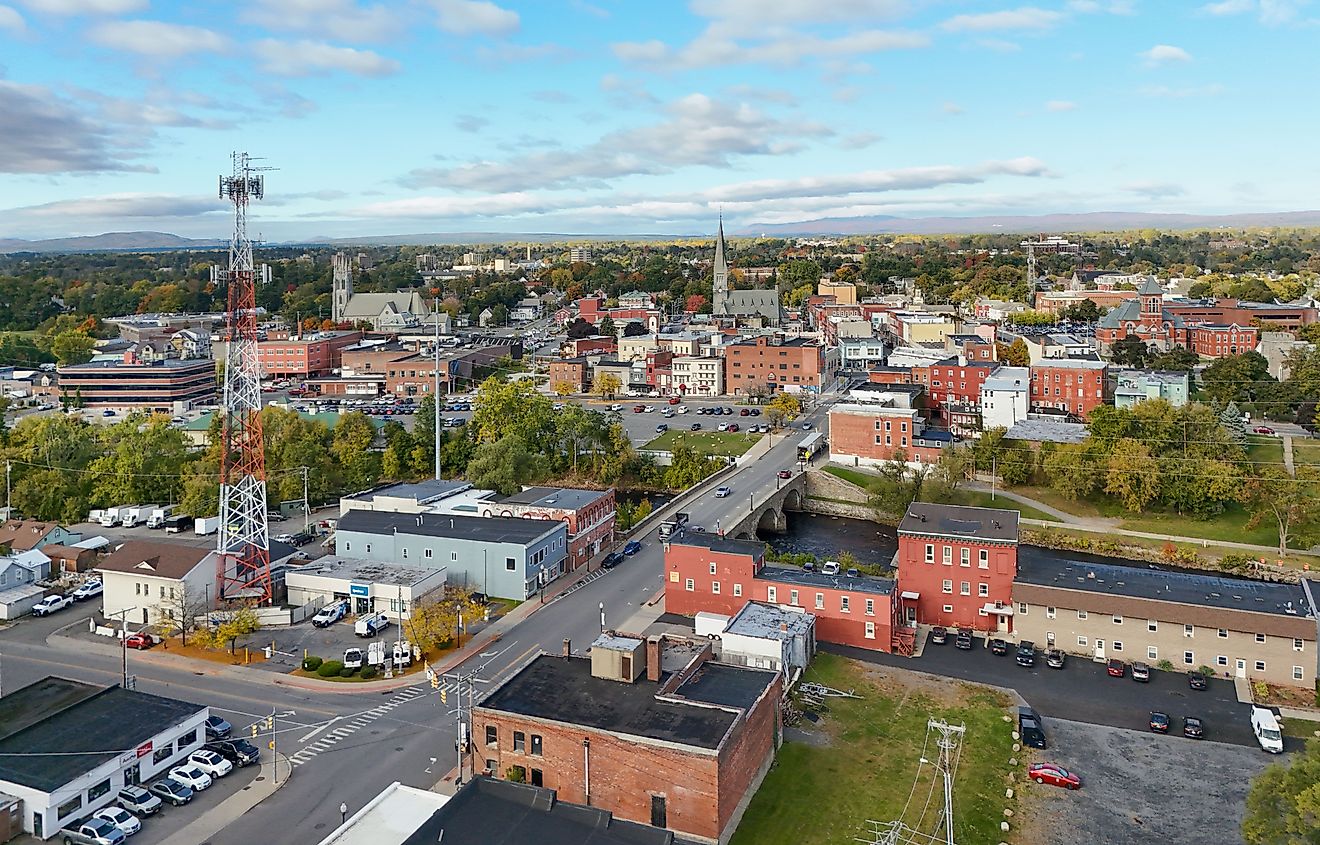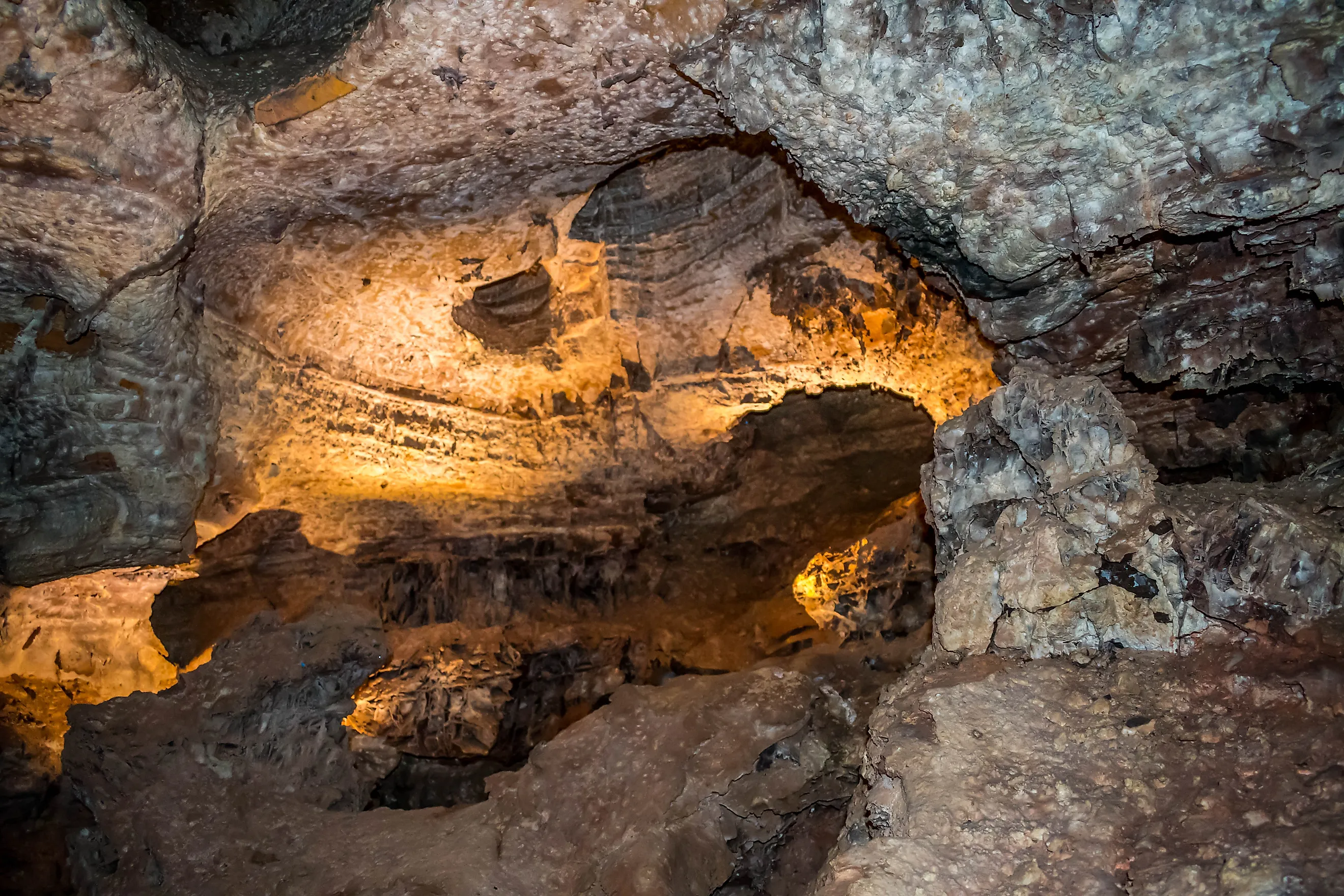
Wind Cave National Park’s Honeycomb Boxwork Forms World’s Rarest Underground Pattern
A sense of awe awaits you in the subterranean stretches of Wind Cave National Park. Exquisite, uncommon crystalline lattices grace the wind cave’s ceiling and walls. This honeycomb pattern rock formation is known as boxwork. Geologists speculate that this cave may have more boxwork than any other cave on the planet.
But how did nature etch a honeycomb pattern in a wind cave over millions of years? Find out more about Wind Cave National Park and how its honeycomb boxwork forms the rarest underground pattern in the world.
South Dakota’s Wind Cave National Park
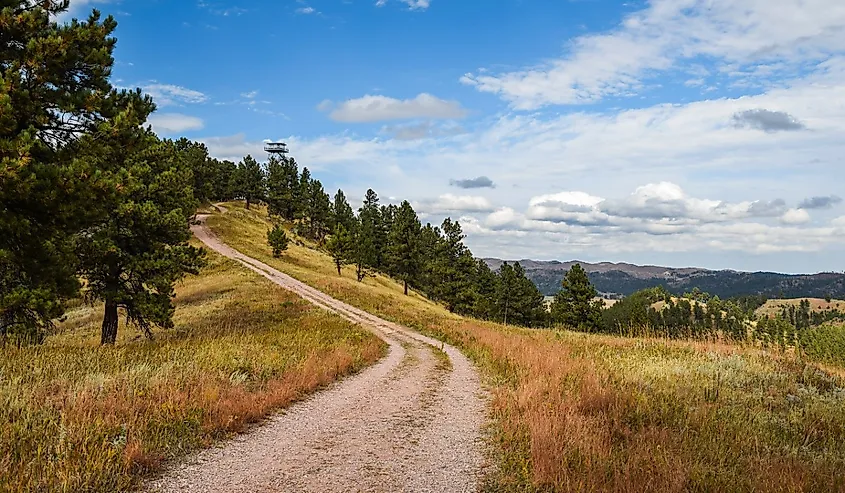
Wind Cave National Park is located just south of the Black Hills National Forest in South Dakota and north of the town of Hot Springs. The park comprises two distinct worlds: one above ground, the other below. Above, a windswept prairie is home to bison, antelope, and elk. Below, the Wind Cave system stretches for over 150 miles.
Wind Cave is unique in a number of ways. It is among America’s oldest National Parks. What’s more, the Lakota Tribe tells of a time when the first human emerged from the cave’s spirit lodge below ground to follow the bison on the prairie. The cave has deep spiritual significance for the Lakota, who occupied South Dakota’s Black Hills long before the existence of the United States. Moreover, the gigantic cave from which the Lakota emerged in legend is one of the world’s most complex caves. In part, this complexity is due to its honeycomb boxwork.
How Boxwork Formed in the Wind Cave
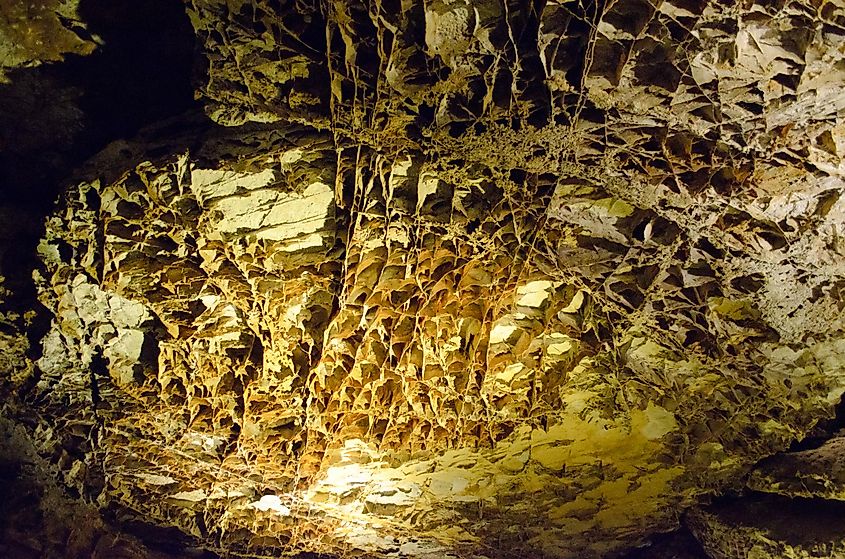
To understand the formation of boxwork in the wind cave, you must first understand what boxwork is. According to the National Park Service, boxwork forms differently from other underground rock formations. While dripping water leads to features such as stalagmites and stalactites, boxwork comes from the presence of calcite in the bedrock. Calcite has a more crystalline, dense structure than the surrounding bedrock.
The bedrock itself is largely composed of dolomite and limestone. Hydrogen sulfide and sulfuric acid degraded the bedrock. Over time, the cave’s moist, windy air eroded the porous bedrock, leaving blades and fins of calcium carbonate.
The result is a matrix that looks like a craggy honeycomb lining the cave’s ceiling and walls. You could imagine tiny birds nesting in the hollows. When you observe the boxwork, you are not only seeing deep history reflected in the rock. You are also seeing the power and permanence of crystals.
Why the Honeycomb Boxwork Pattern Is So Rare
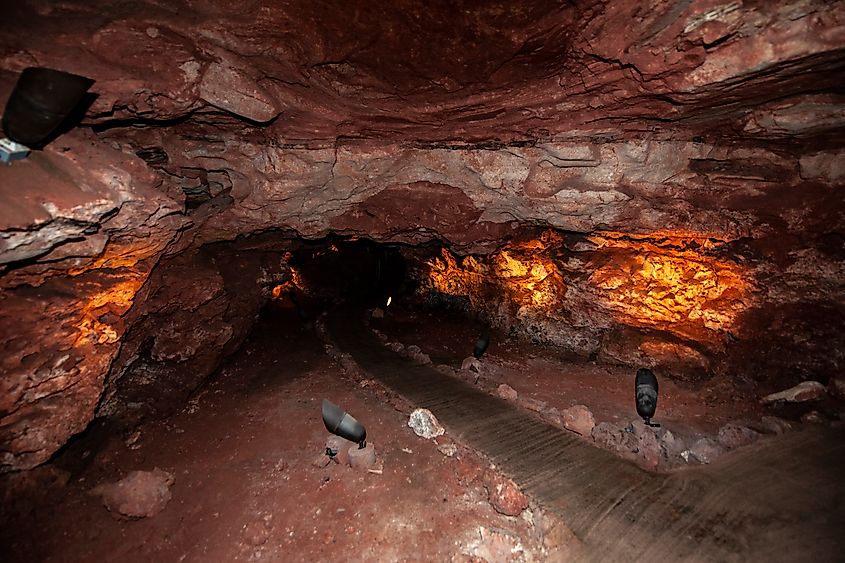
Honeycomb boxwork is extremely rare because it takes specific conditions to form. In the case of South Dakota’s Wind Cave, the area was once under a saltwater sea. When the sea receded around 320 million years ago, acidic freshwater took its place. The acid hollowed out the rock and created the cave.
However, saltwater had left crystalline gypsum salt deposits in the rock. Freshwater converted the gypsum into calcite veins. At the same time, acidic water broke down the surrounding bedrock. This process was repeated for about 240 million years. The cave still has a series of underground lakes in its deepest recesses that are remnants of previous freshwater immersion.
The honeycomb pattern this process created is rare because caves typically aren’t subject to a back and forth between saltwater and freshwater. Conditions were just right. Now you can see both the extraordinary boxwork, the cave, the prairie, and the Black Hills those conditions created.
Exploring Wind Cave National Park
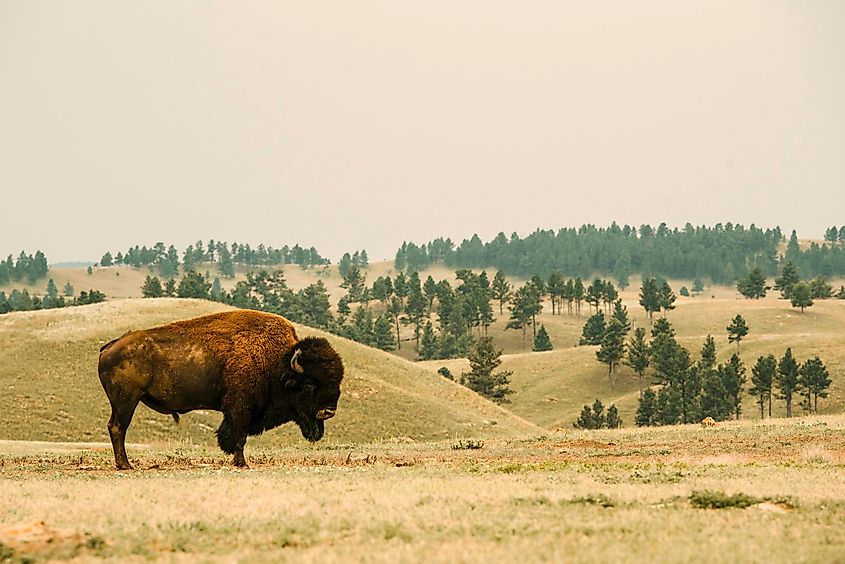
You can sign up for a tour of the cave and see its incredible boxwork firsthand. Plus, you will find many exciting places to check out aboveground. The East Bison Flats Trail offers a sweeping view of the whole park. From there, you can hike the trail north to Wind Cave Canyon, which is a gem for birdwatchers. Swallows, wrens, and great horned owls make their homes in the canyon’s limestone cliffs. On Wind Cave Canyon Trail (3.6 miles out and back), keep an eye out for red-headed woodpeckers in the forested hills. Horse owners are also permitted to ride on the cave's trails after getting a free permit at the visitor center.
Hiking and riding Wind Cave’s many trails are great ways to glimpse the wildlife. According to the National Park Service, there are over 30 miles’ worth of trails. The park is made up of prairie land and ponderosa forests. Besides the bison for which this park is famous, there are badgers and prairie dogs peeping out from amidst the eastern tallgrass and western shortgrass.
The night sky is another wonder at Wind Cave. By minimizing light pollution, the park is seeking to earn the International Dark Sky Association’s International Dark Sky Park designation. You can take a Full Moon Hike with a park ranger and learn about Lakota Star Knowledge. Or simply sit out beneath the night sky with a telescope or binoculars and bask in the glory of the Milky Way galaxy.
Elk Mountain Campground provides a convenient place to stay, with sites under the ponderosa pines. Intrepid visitors can also backcountry camp in the northern part of the park, with a free permit. The park is open year-round, but snow may limit access to some areas in the winter. Fall is the best time to visit, with warm days, cool nights, and little rain.
See the Rare Honeycomb Boxwork and More at Wind Cave
Now is your chance to take in the phenomenal boxwork that makes Wind Cave National Park famous. The rarest underground pattern in the world took millions of years to form. You can view it year-round, connecting with the prehistoric forces that shaped the land deep below its surface. Moreover, the epic grandeur of the prairie and Black Hills beckon once you step out of the cave and into the light.
